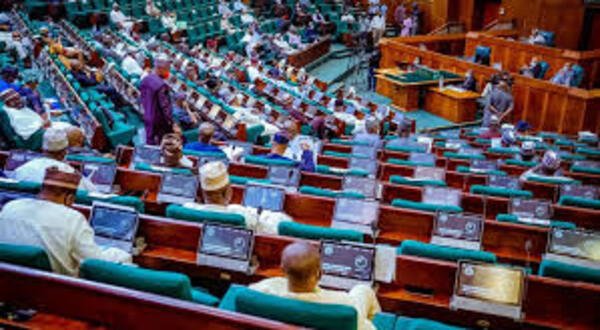The Central Bank of Nigeria (CBN) has directed all lenders to submit comprehensive capital restoration plans by the end of this week, while simultaneously revoking pandemic-era loan waivers.
According to a circular published Monday on the CBN website, lenders must provide a “comprehensive capital restoration plan” no later than the 10th working day after the end of the second quarter, which concluded in June. These plans must outline the banks’ current provisioning status, restructured loan exposures, capital adequacy ratio (CAR) calculations, and any additional Tier 1 capital instruments.
The central bank clarified that all submissions will undergo regulatory review and approval, ensuring that lenders comply with enhanced capital adequacy and risk management benchmarks. The mandate aligns with the CBN’s aggressive push for a more resilient banking system, particularly in the aftermath of the macroeconomic shocks triggered by the COVID-19 pandemic.
Also Read:
- FCMB Reassures Shareholders Following CBN Directive on Regulatory Forbearance
- PremiumTrust Bank Exceeds N200 Billion Capital Requirement Ahead of CBN's Deadline
- "Only Two Customers Linked to Forbearance Loans" - Zenith Bank
- Wema Bank Surpasses CBN’s Minimum Capital Requirement with N150bn Rights Issue
Effective June 30, the CBN also officially ended a range of pandemic-era forbearance measures that had allowed lenders to issue high-risk loans without adequate capital buffers. It also abolished the temporary waiver that enabled banks to exceed single obligor limits, tightening credit risk exposure regulations.
This latest directive follows an earlier June policy that barred banks under regulatory forbearance from issuing dividends, paying director bonuses, or making foreign investments. That policy aimed to prevent the erosion of capital reserves by banks facing asset quality deterioration or financial distress.
In a broader regulatory overhaul in 2024, the CBN raised the minimum capital requirements for Nigerian banks by over tenfold, signaling a historic recalibration of the sector’s capital framework. The increase sought to boost investor confidence, improve financial system resilience, and ensure that banks are better capitalized to weather economic volatility.
The central bank’s renewed focus on risk containment, capital adequacy, and regulatory discipline reflects a strategic recalibration in response to evolving global financial conditions. With capital shortfalls flagged across several institutions, the emphasis now shifts toward transparent disclosures, proactive recapitalization, and stricter compliance.






















